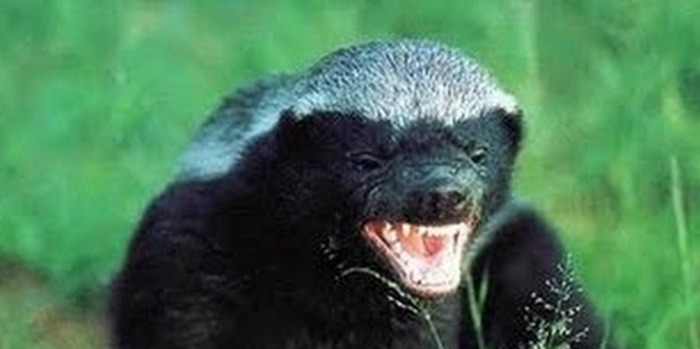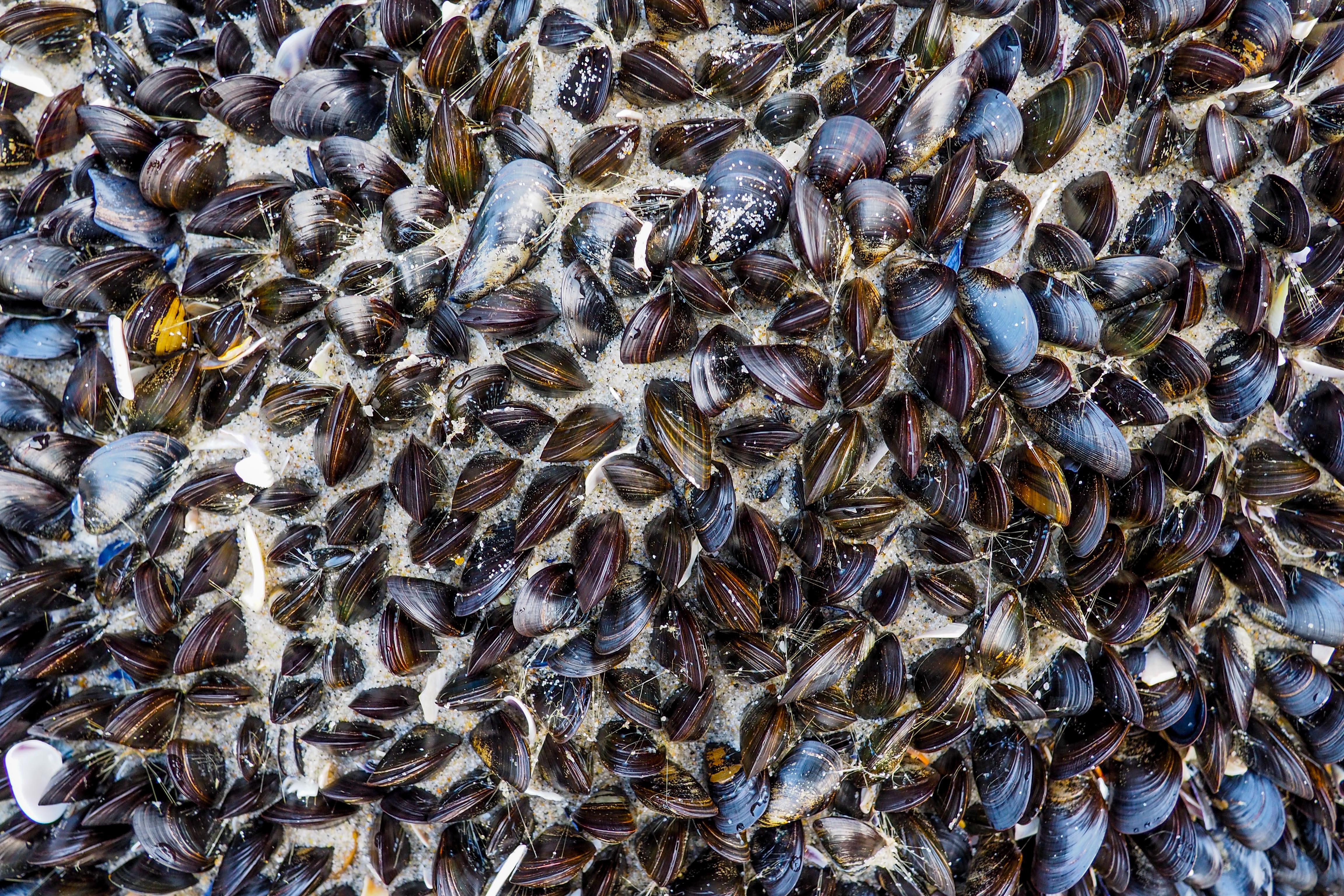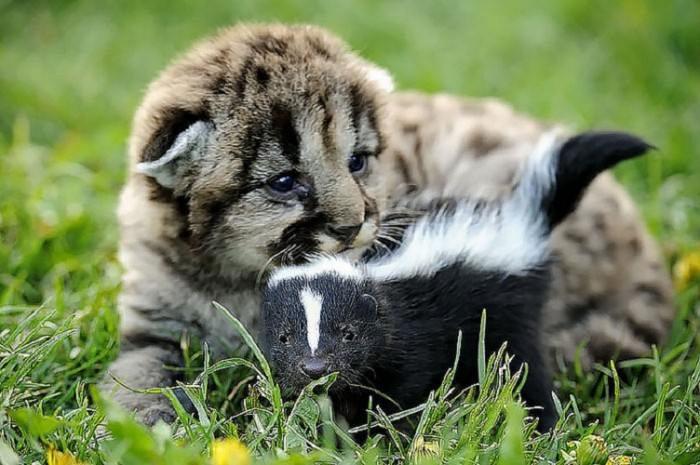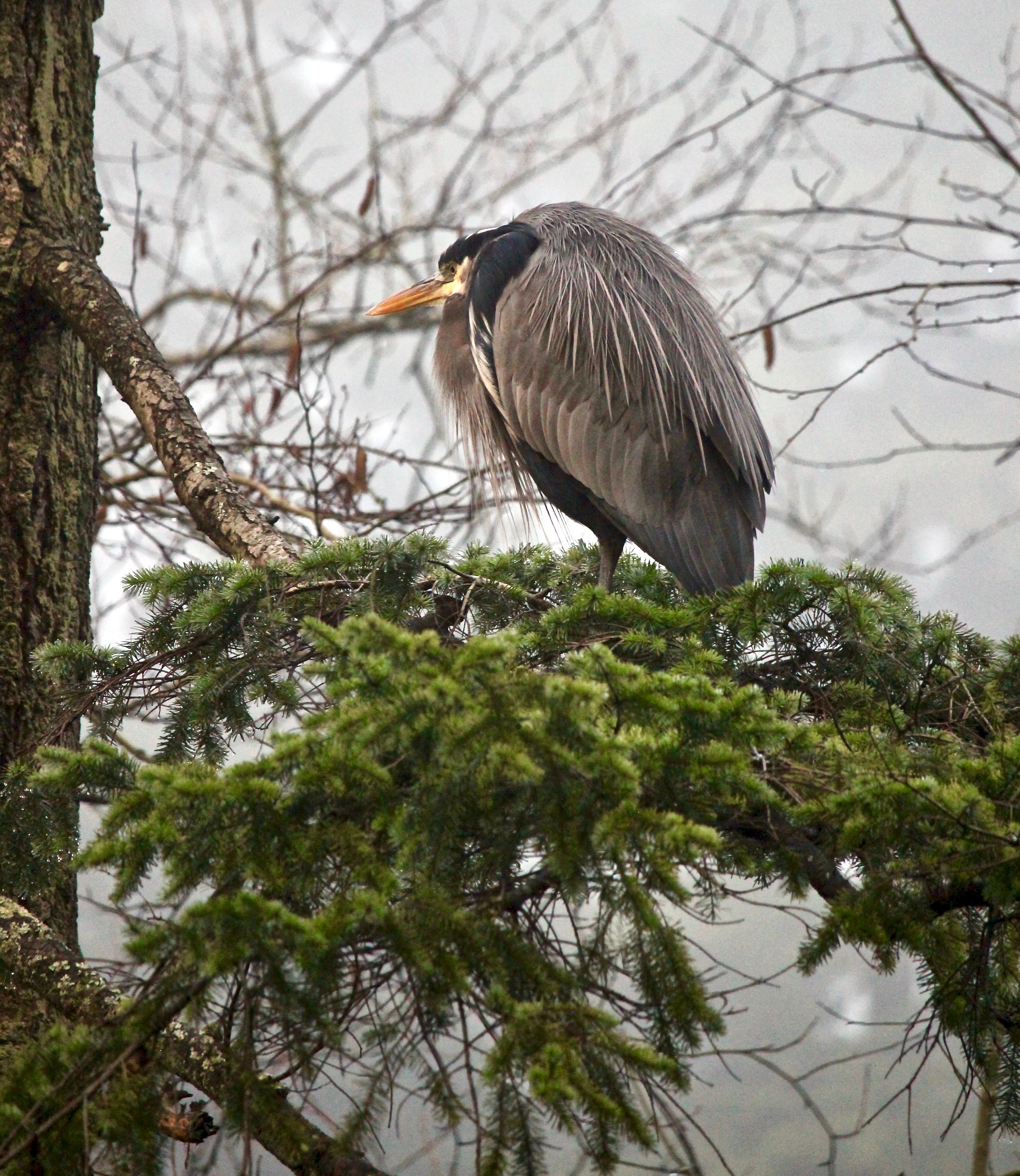They love crowds, sleep in piles and see who can eat the most. Meerkats are so cute that they have captured the admiration of many men, women and children all over the world. Also known as suricates, these funny little mammals are members of the mongoose family. Here is some other interesting information we have gathered about them, including 9 things to know about meerkats:
- They’re a team
All the members of the “mob” of meerkats have jobs and do their parts. An individual meerkat may collect food, keep a lookout for danger or even babysit the little meerkats. This is where the young meerkats are taught to be afraid of birds. Some of the younger meerkats even hit the deck if they see the shadow of an insect.
The mob is usually formed of several family groups and can reach numbers of 50, but typically stick to 10 or 15 meerkats. Most of the time, the families in the mob are not related. The female meerkats are usually the dominant members of the mob and of each family.
- Their homes are complicated
The meerkat mob can have as many as 15 exits and entrances to their underground burrows. Inside the burrows, there are multiple chambers and tunnels, some going more than six feet deep. Each chamber has a use such as sleeping or as a bathroom. Since meerkats are so smart, they usually just take over burrows already dug by other animals like ground squirrels, adapting them for their own. In the wild, a meerkat mob will move every few months and has several burrows nearby.
- They have their own language
Meerkats are very chatty with each other and have at least 10 sounds that they make. Females are usually more talkative than males. Some of the sounds they make are growls, murmurs, clucks and barks. Meerkat lookouts sound a piercing, high-pitched alarm if they spot danger like a bird of prey, causing the rest of the group to take cover in a hurry.
- They mark their territory
Meerkats have pouches below their tails that are filled with scent. They make a paste of this scent and mark their territory by rubbing it on plants and rocks near their burrow. The bacteria in the scent produce an odor and a marker to other animals that this is the meerkat’s territory.
- Fighting is no joke
Even though they are cute, the meerkats can be vicious when they fight over burrows or land. Some of these fights are to the death. A study of more than 1,000 animal species found that meerkats had one of the highest murder rates. It is estimated that one quarter of all meerkat deaths are murders.
Meerkats will avoid fighting if they can by posturing aggressively or bluffing the other meerkat. When all this posturing doesn’t work, though, it’s on! Both sides line up and race at each other, leaping in the air with their tails straight up and bucking with their back legs. Sometimes one mob will act so fiercely, they’ll psych out the other before all out war can even begin.
- Food for thought
Meerkats have a diet that is mostly based on crawling insects such as caterpillars, termites, grubs and beetles. They will also eat small reptiles, birds, eggs, plants and fruit. Meerkats have been known to be able to kill and eat venomous snakes and even scorpions without being affected by their poison. They are immune to many types of venom after being around it for so many years. Meerkats can tolerate six times more snake venom than a rabbit.
- Food for fighting
When a dominant female meerkat dies, an eating contest may decide who the next leader is. By adjusting their diets, the female who grows the largest takes over the mob as leader. While this is usually the largest, oldest daughter of the former leader, any dispute is solved by binge eating.
- Sight as a superpower
Meerkats have super sensitive eyes, which are surrounded by dark fur to cut down on the glare of the sun. Their horizontally shaped pupils widen their field of vision so they don’t have to keep turning their heads. Meerkats have a protective membrane that shields their eyes while they are digging.
- They snuggle
When it’s bedtime, meerkats all pile up on top of each other for warmth to sleep in their burrows bed chambers. In the summer months, however, they may spread out more and may even sleep outside their burrows.









